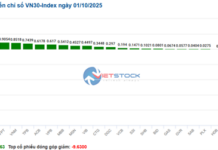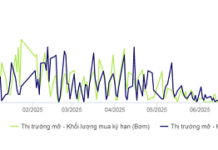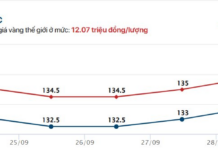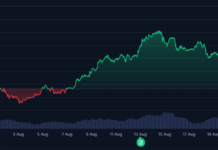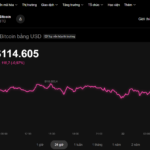Digital assets once existed in a legal “gray area,” leading many to believe they were exempt from taxation. However, the Digital Technology Industry Law, effective from 2026, and the revised draft of the Personal Income Tax Law have completely transformed the landscape.
For the first time, digital assets are recognized as legal civil property, accompanied by the obligation to declare and pay taxes. Additionally, the Ministry of Finance proposes a 0.1% tax on the transfer value of each transaction, similar to securities taxation. This new regulation compels investors to shift their mindset: crypto transactions must now be transparent, compliant, and subject to oversight like any mainstream investment channel.
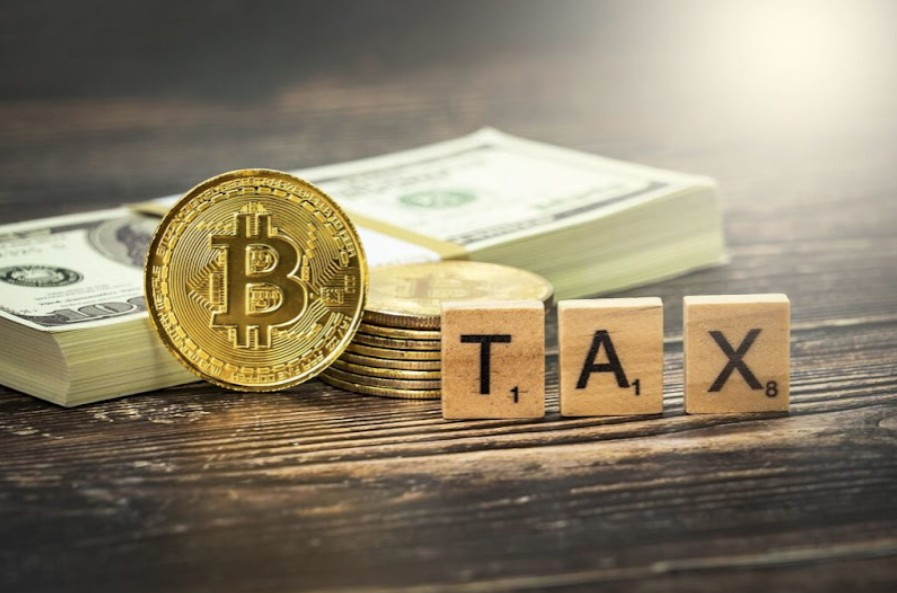
Vietnam’s digital asset market enters a new phase as the government introduces tax regulations similar to those for securities.
Debate Over Digital Asset Taxation and International Lessons
The Ministry of Finance’s proposal has sparked intense debate between regulatory bodies and the business community. Regulators argue that a 0.1% tax on transfer value is straightforward, ensures stable revenue, and can be applied uniformly. Investors must self-declare and pay taxes, rather than having them deducted at the source like many other income types. However, this raises concerns, as investors would still pay taxes even if they incur losses.
This is why exchanges like Binance have provided feedback on the latest draft of the Personal Income Tax Law. Binance argues that this mechanism could reduce liquidity, driving investors away from domestic platforms. They propose a 20% tax on net profits, with the 0.1% rate applied only when capital costs and expenses cannot be determined.
These concerns are not unfounded. India, for instance, imposed a 30% tax on profits and a 1% deduction at the source for each transaction in 2022. This resulted in a 70% decline in domestic trading volume as investors turned to foreign platforms to avoid the tax burden. Indonesia also initially applied a 0.22% tax per digital asset transaction but later exempted market makers to restore liquidity. These examples highlight how rigid tax policies can inadvertently diminish a market’s appeal.
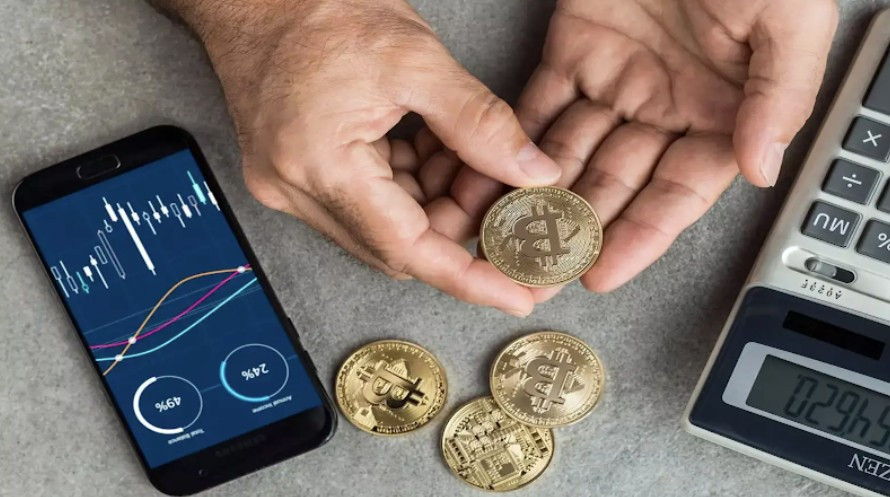
Experiences from India and Indonesia demonstrate how excessive taxation can drive capital away from domestic markets.
Consider this example to illustrate the difference in tax calculations. Suppose an investor buys 1 BTC at 600 million VND and sells it at 1 billion VND. Under a net profit-based system, the 400 million VND profit would be the taxable amount. However, with a 0.1% tax on turnover, the investor would pay 1 million VND regardless of profit or loss. This stark difference explains why digital asset taxation remains a contentious topic.
Moreover, taxation issues involve the risk of double taxation. In Europe and Singapore, authorities have exempted VAT/GST on crypto-to-fiat conversions, treating them as financial services to avoid “double taxation.” Meanwhile, the OECD’s Crypto-Asset Reporting Framework (CARF) enables global tax authorities to share transaction data, preventing cross-border tax evasion. As these international standards take effect, even transactions on foreign exchanges will no longer escape scrutiny.
Compliance Challenges and Investor Strategies
Amid evolving policies, Vietnamese legal and tax experts note that investors often fail to retain essential documents like transaction statements and wallet histories. Inconsistent exchange rate conversions and overlooked P2P transactions further complicate declarations. To mitigate risks, investors should maintain transparent records for each transaction, use portfolio management software for detailed tracking, and proactively declare taxes, even as policies are finalized.
Even with clear regulations, enforcing digital asset taxation remains challenging. The decentralized and cross-border nature of digital assets complicates oversight, and determining transaction values is difficult when assets trade at varying prices across platforms.
However, these challenges cannot halt the inevitable integration of digital assets into legal frameworks. Once recognized and taxed, digital assets will enjoy legal protection, with disputes resolved according to regulations. Investors should view taxes as a “premium” for legitimate market participation.

